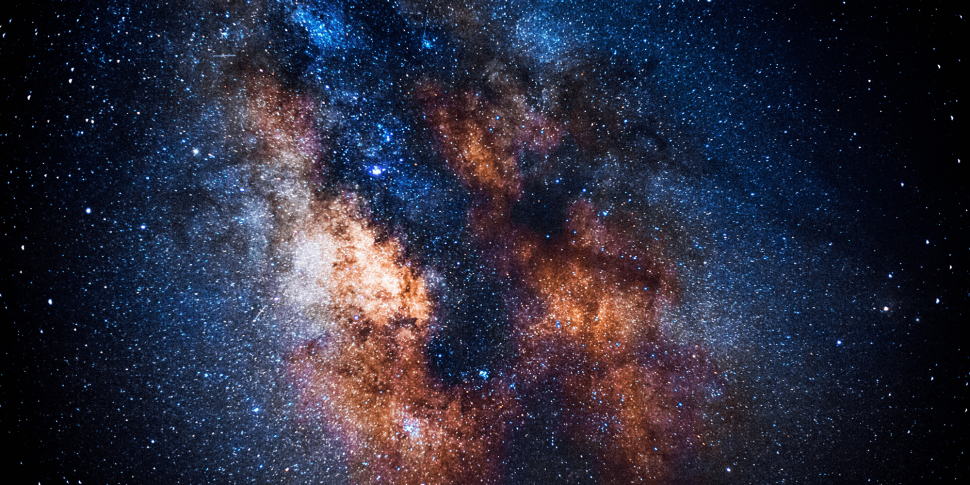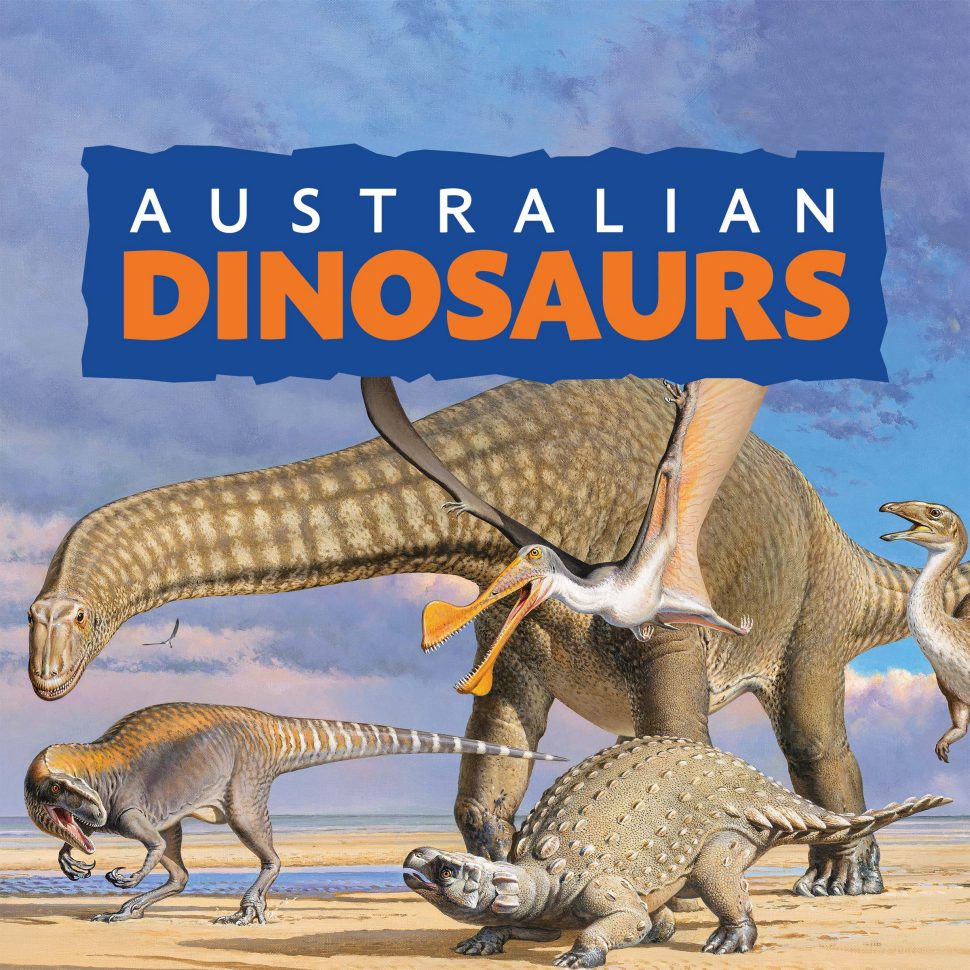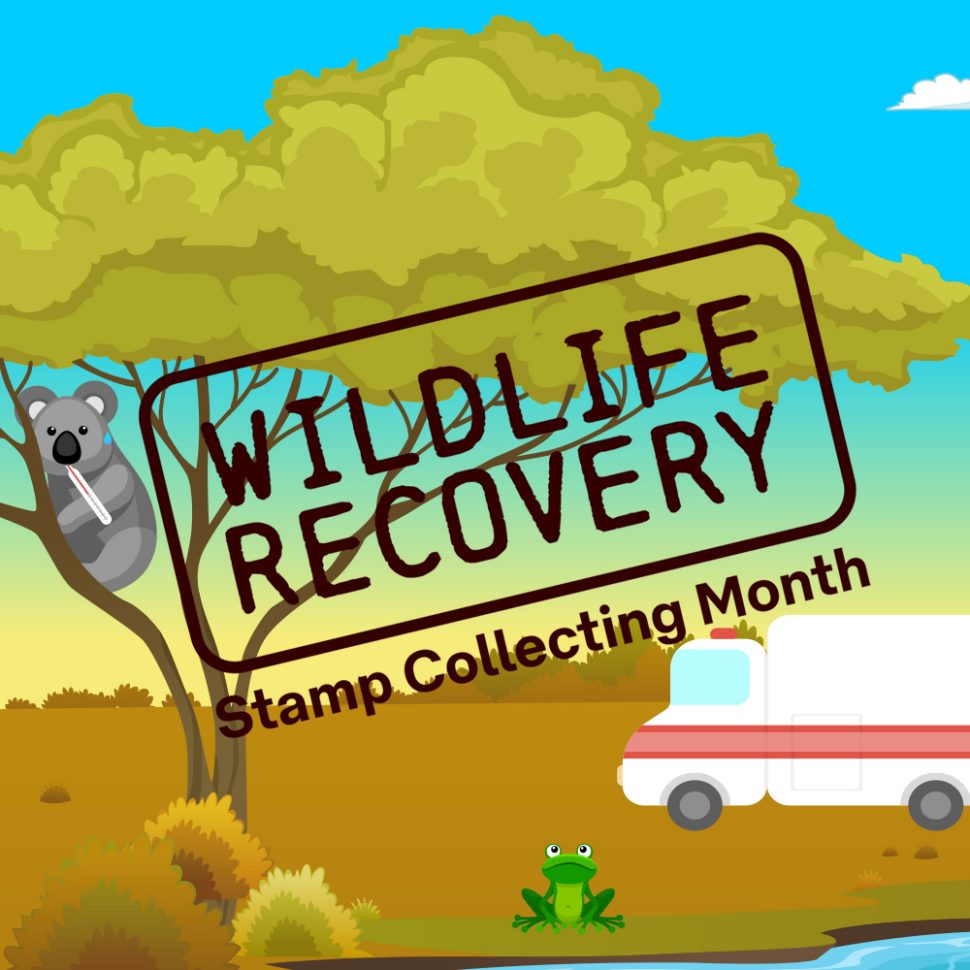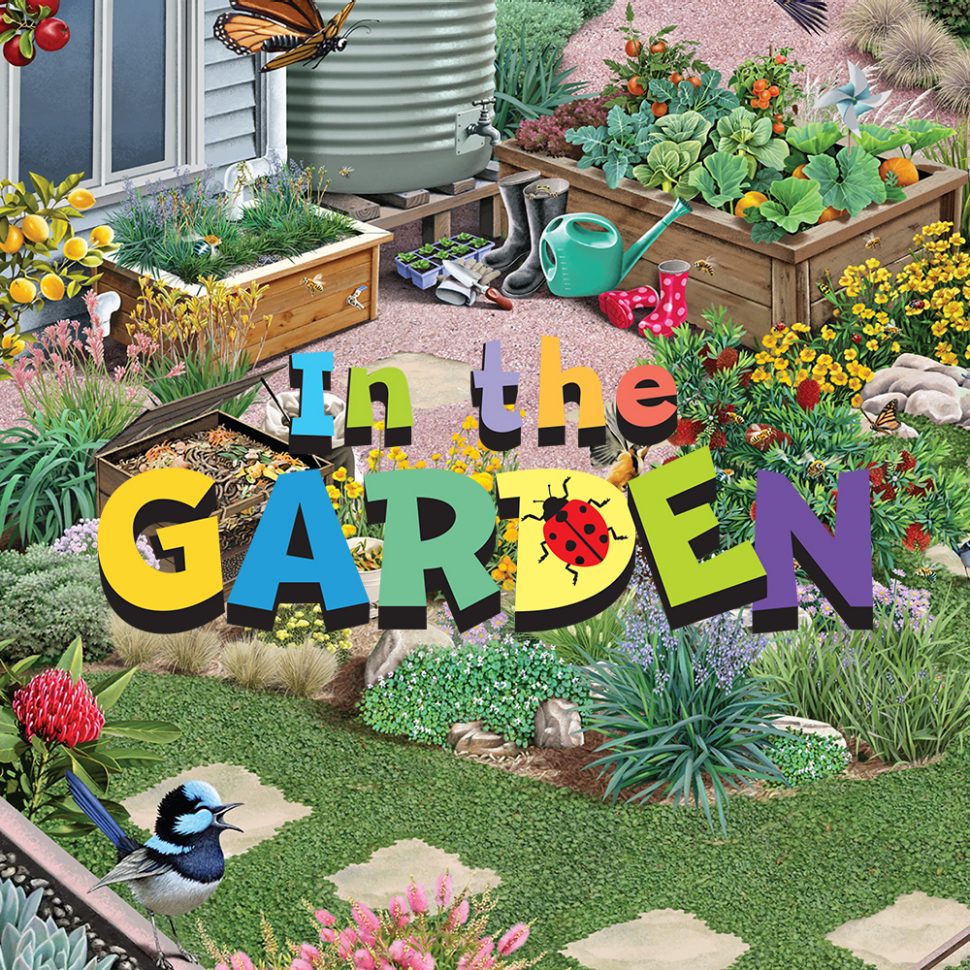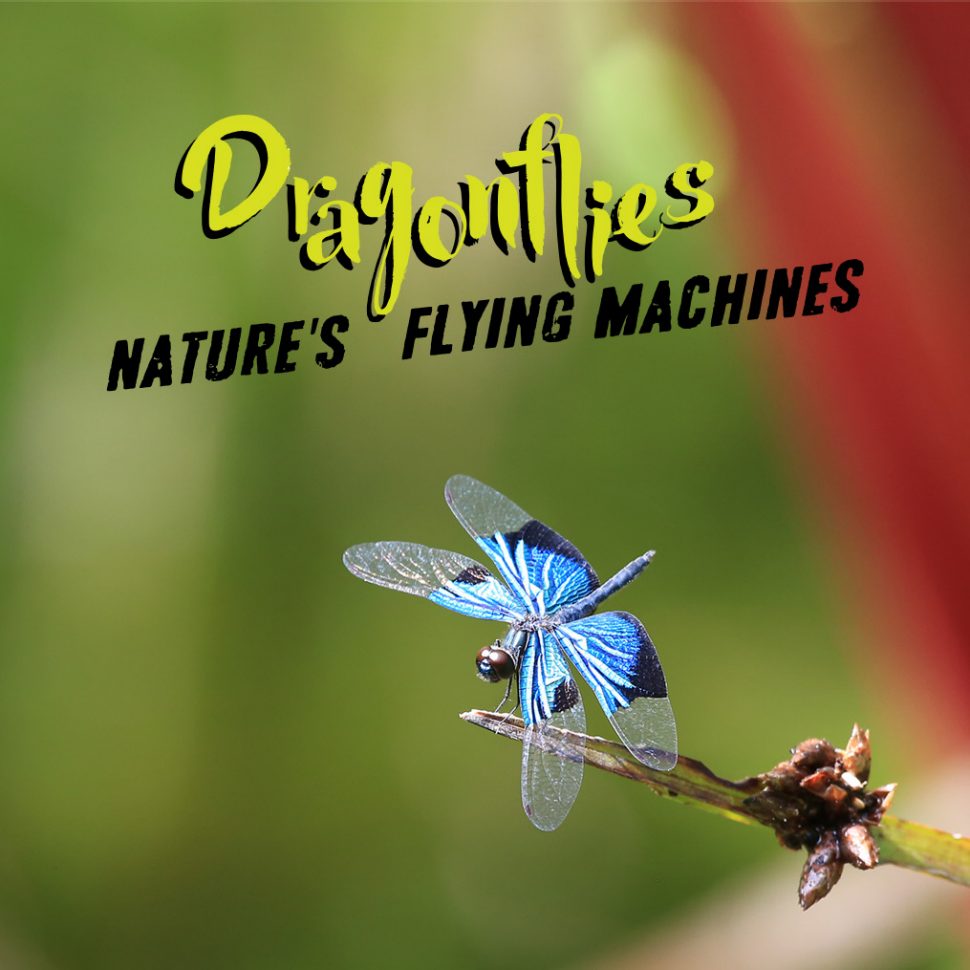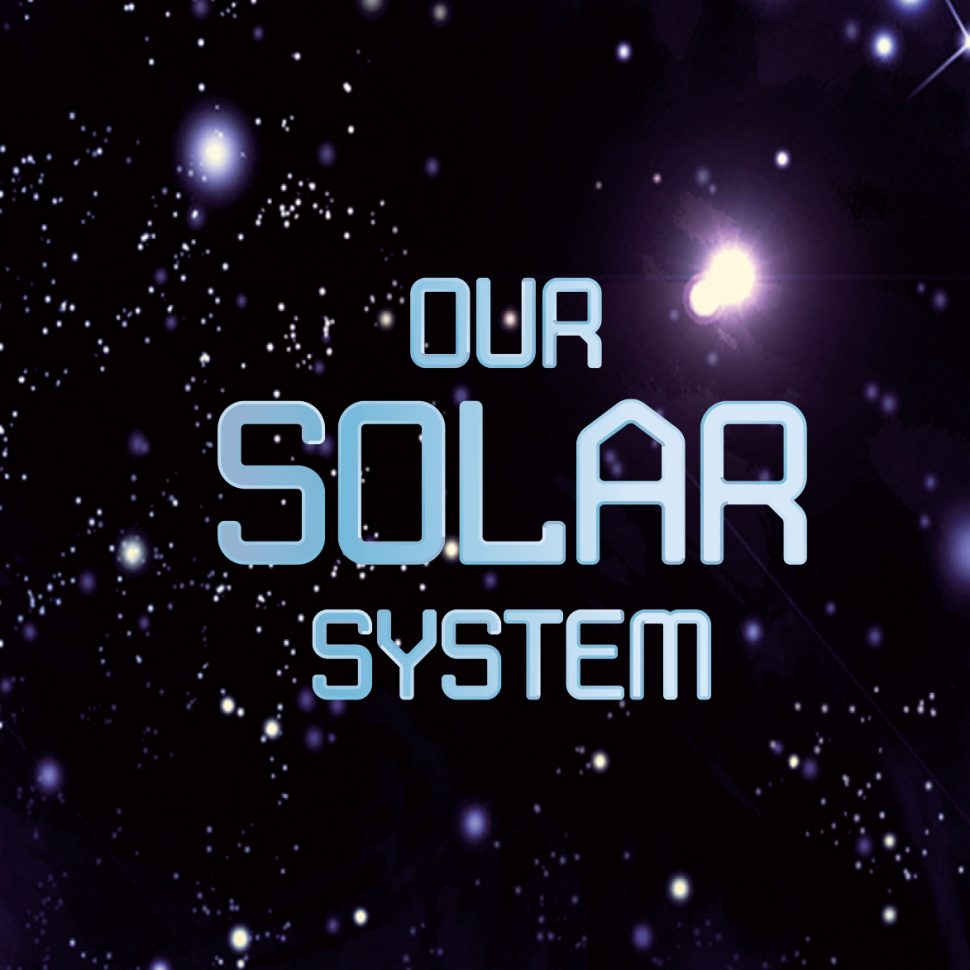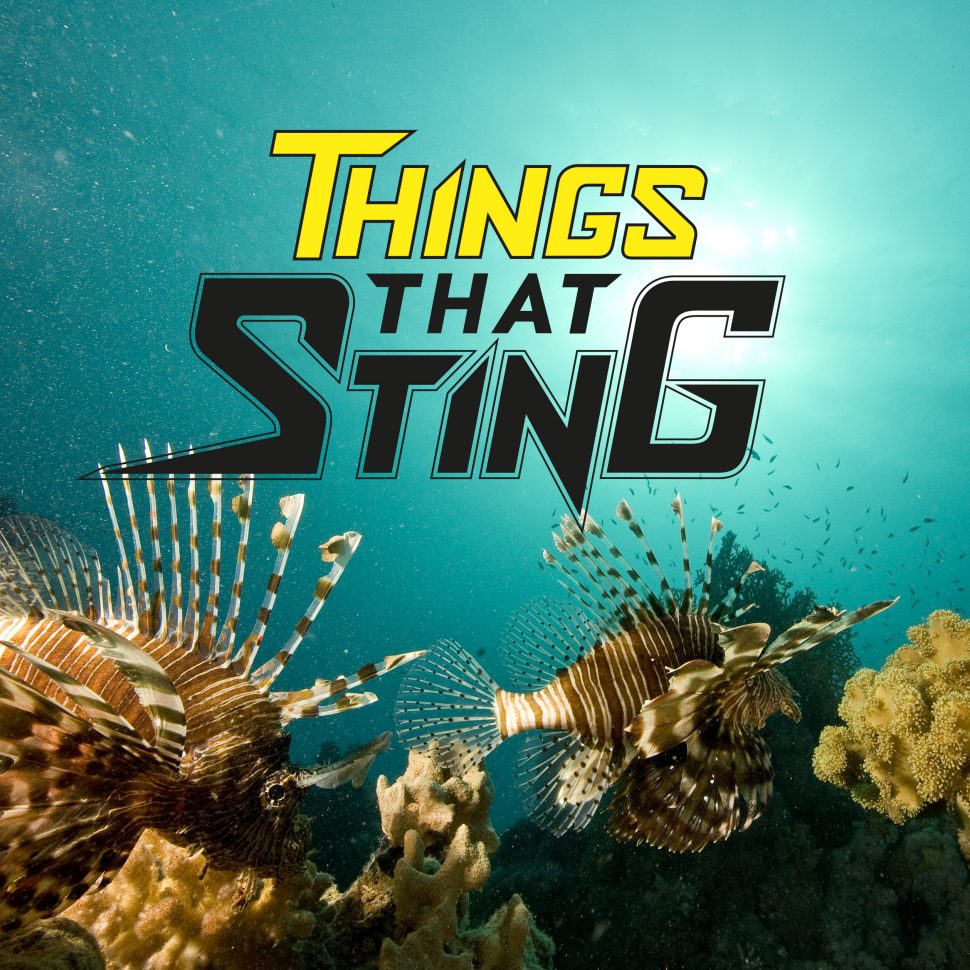| Time | Audio | Visual |
| 0:00 | Gentle electronic music starts playing |
Opening animation of space with rock debris flying towards us. |
| 0:03 | ‘Our Solar System’ title appears floating through space and disappears right of screen. |
|
| 0:07 | Mercury is the closest planet to the Sun and the smallest planet in our Solar System. Its surface is baked and wrinkled by the Sun’s intense heat. Mercury has no atmosphere and its arid surface is scarred by impacts from asteroids, meteors and comets. |
The planet Mercury moves in from right of screen. The information displayed is: An image of the Mercury 35c stamps appears below right of the planet. |
| 0:28 | All graphics dissolve leaving only the image of Mercury which zooms in and moves right, off the screen. |
|
| 0:30 | Venus, hidden under a blanket of clouds, is a hellish world of crushing atmospheric pressure and acid rain. The second planet from the Sun and similar in size to the Earth, Venus is the hottest world in the Solar System, surface temperatures reaching up to 462°c. |
The planet Venus moves in from right of screen. The information displayed is: An image of the Venus 35c stamps appears below right of the planet. |
| 0:53 | All graphics dissolve leaving only the image of Venus which zooms in and moves right, off the screen. |
|
| 0:55 | Earth is the third planet from the Sun and the largest of the “terrestrial”, or rocky, planets. With its vast oceans and protective atmosphere, our home planet has proved just right for the development of life. |
The planet Earth moves in from right of screen. Information about Earth appears in the bottom left of screen. The information displayed is: An image of the Earth 70c stamps appears below right of the planet. |
| 1:11 | All graphics dissolve leaving only the image of Earth which zooms in and moves right, off the screen. |
|
| 1:14 | Mars is the fourth planet from the Sun and about half the diameter of the Earth, with a surface temperature range of -125 to -20°C. Mars may once have been Earth-like, but is now a “rusted” world that has lost its surface water and most of its atmosphere. |
The planet Mars moves in from right of screen. Information about Mars appears in the bottom left of screen. The information displayed is: An image of the Mars 35c stamps appears below right of the planet. |
| 1:36 | All graphics dissolve leaving only the image of Mars which zooms in and moves right, off the screen. |
|
| 1:39 | Jupiter, the largest planet and fifth from the Sun, is a huge ball of hydrogen and helium gas, with complex cloud bands roiled by massive storms. Jupiter has a ring system consisting of four rings, and 67 moons have been discovered so far. |
The planet Jupiter moves in from right of screen. Information about Jupiter appears in the bottom left of screen. The information displayed is: An image of the Jupiter 70c stamps appears below right of the planet. |
| 1:59 | All graphics dissolve leaving only the image of Jupiter which zooms in and moves right, off the screen. |
|
| 2:01 | Saturn, like Jupiter, is made mostly of hydrogen. It is the sixth planet from the Sun and is famous for its glorious and complex ring system. These rings are made up of billions of pieces of water ice ranging in size from a centimetre to chunks as big as icebergs. |
The planet Saturn moves in from right of screen. Information about Saturn appears in the bottom left of screen. The information displayed is: An image of the Saturn 70c stamps appears below right of the planet. |
| 2:23 | All graphics dissolve leaving only the image of Saturn which zooms in and moves right, off the screen. |
|
| 2:27 | Uranus, tipped on its side by an ancient impact, has a smoggy atmosphere of hydrogen, helium and methane over an icy interior. The seventh planet from the Sun and with a minimum temperature of -224.2°C, it is the coldest planetary atmosphere in the Solar System. |
The planet Uranus moves in from right of screen. Information about Uranus appears in the bottom left of screen. The information displayed is: An image of the Uranus 70c stamps appears below right of the planet. |
| 2:53 | All graphics dissolve leaving only the image of Uranus which zooms in and moves right, off the screen. |
|
| 2:56 | Neptune, the outermost planet, has a composition similar to Uranus, but its atmosphere is wracked by fierce winds and giant storms. Neptune has a thin system of five rings, composed of ice particles and dust grains. |
The planet Neptune moves in from right of screen. Information about Neptune appears in the bottom left of screen. The information displayed is: An image of the Neptune 70c stamps appears below right of the planet. |
| 3:12 | All graphics dissolve leaving only the image of Neptune which zooms in and moves right, off the screen. |
|
| 3:16 | Images of the eight 2015 2015 stamp collecting month stamps. ‘Our Solar System’ title zooms in and rest over the images. |
|
| 3:22 | Australia Post logo and auspost.com.au/scm appear on screen. |
|
| 3:27 | Music stops. | Background changes to white with logo and web address still visible. |
| 3:38 | Video ends. |
Stamp Collecting Month (SCM) is especially for kids (or the inner child in all of us). It's about encouraging budding philatelists, and sharing some educational facts on an interesting topic. Learn more about the planets that feature on the 2015 SCM stamps, by exploring the fun facts and videos here.
About the ‘Our Solar System’ SCM Stamps
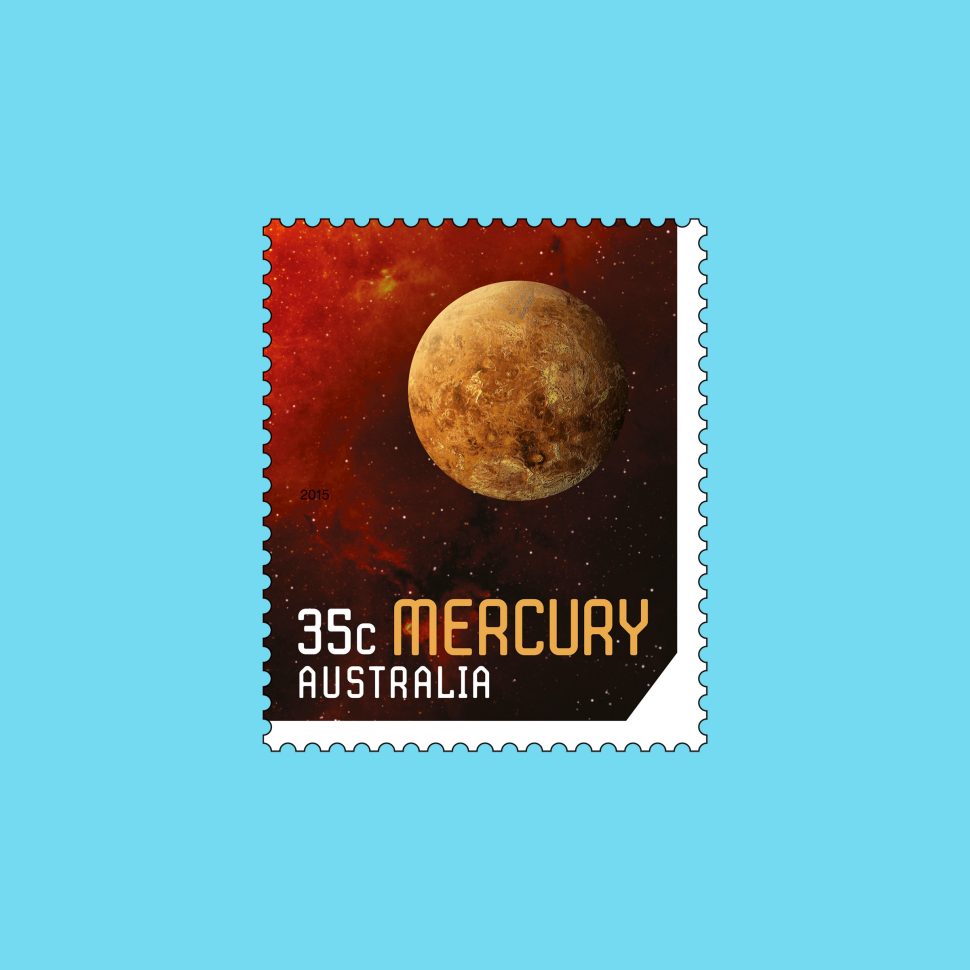
Mercury
Closest to the Sun, Mercury is the smallest planet in our solar system…
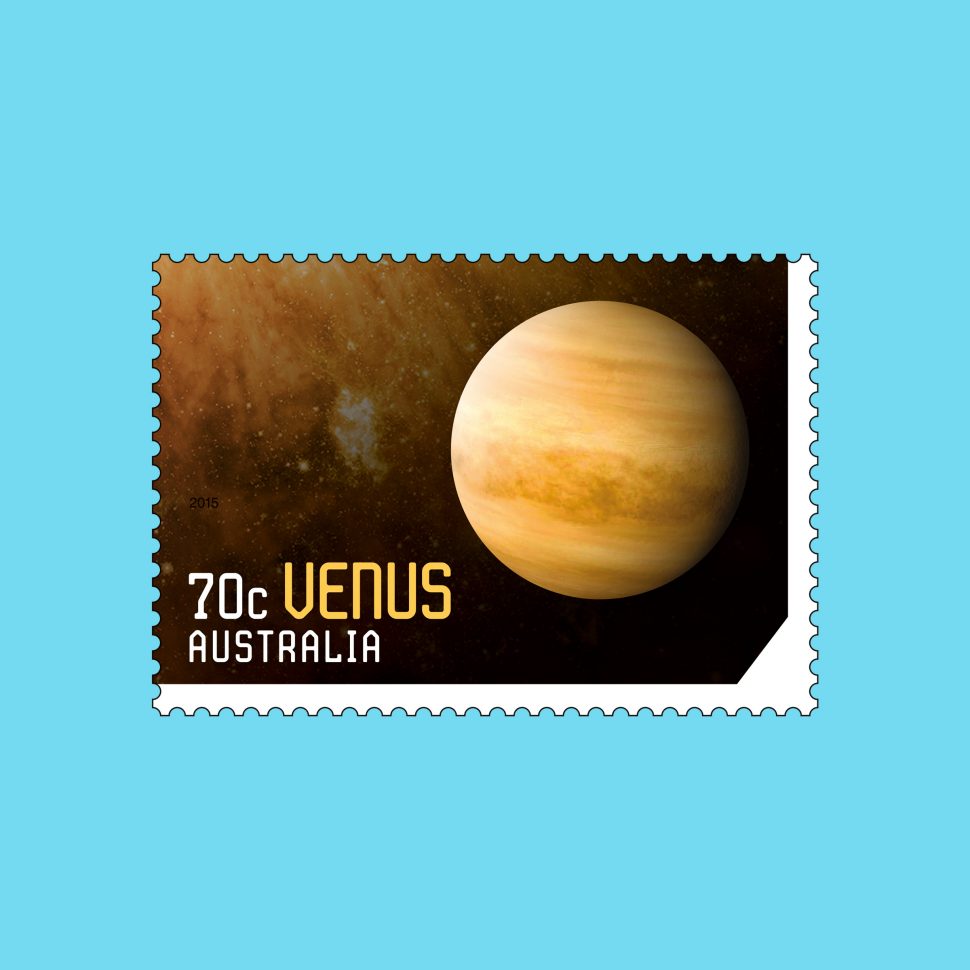
Venus
Hidden under a blanket of clouds, Venus is a hellish world of crushing...
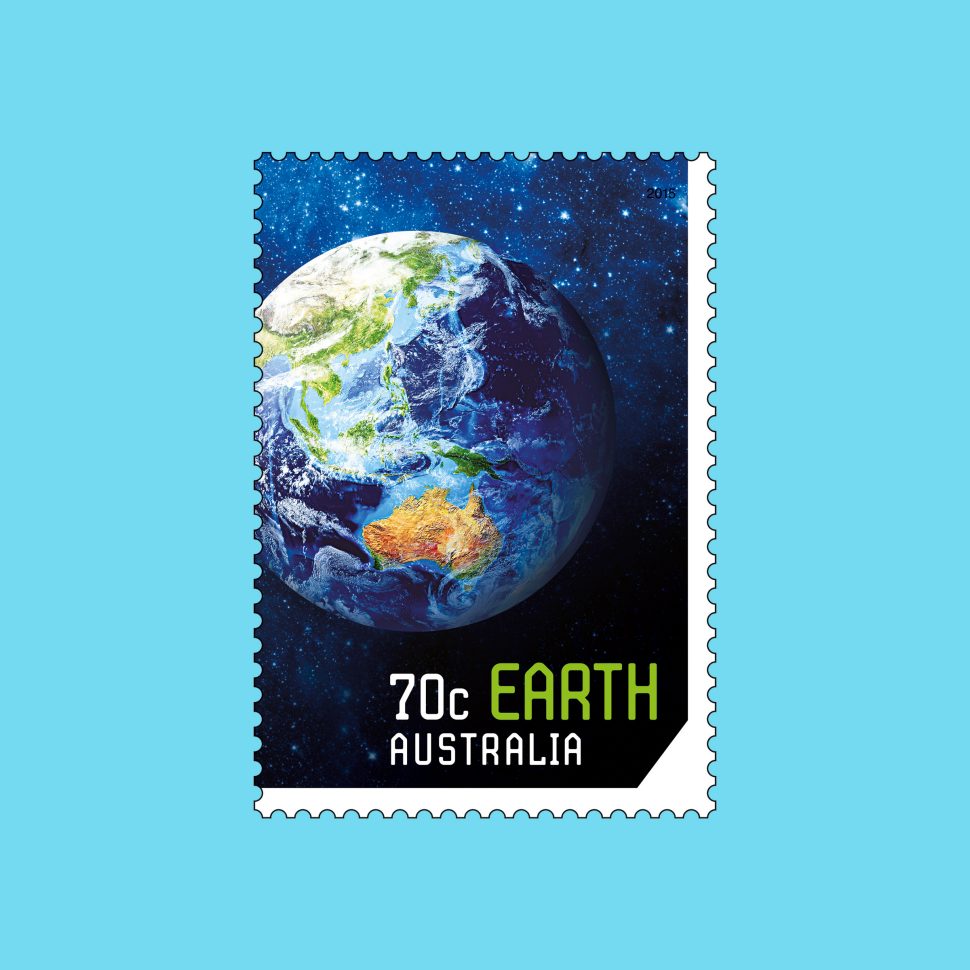
Earth
Earth is the largest of the "terrestrial", or rocky, planets…
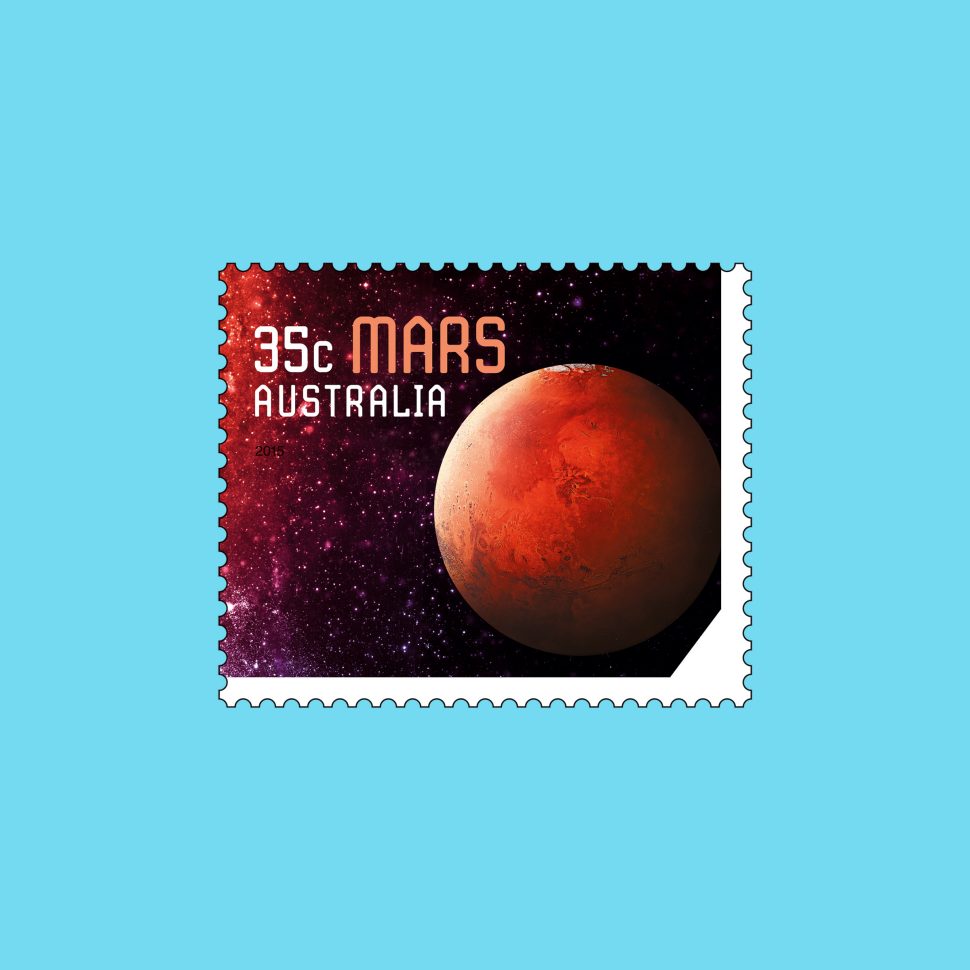
Mars
At 6,799 km Mars is about half the diameter of the Earth…

Jupiter
The largest planet in the solar system, Jupiter is a "gas giant"...
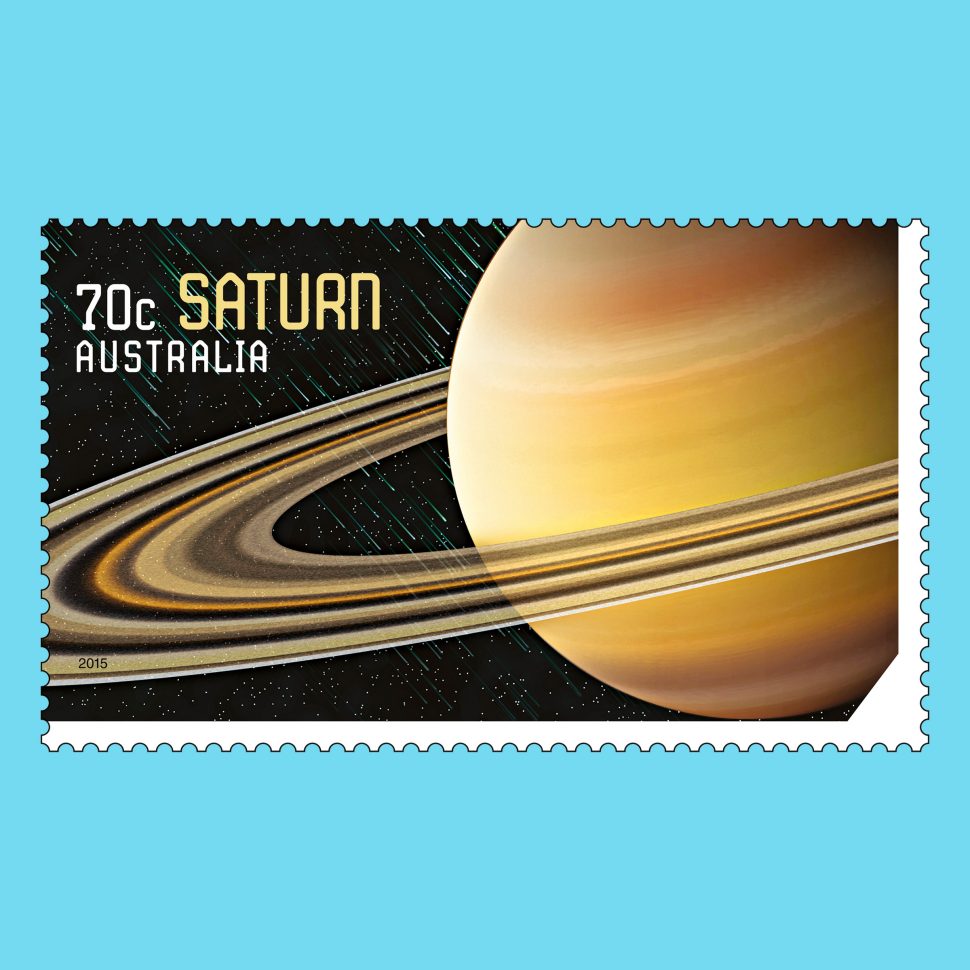
Saturn
Famous for its glorious and complex ring system, Saturn is the sixth planet from...
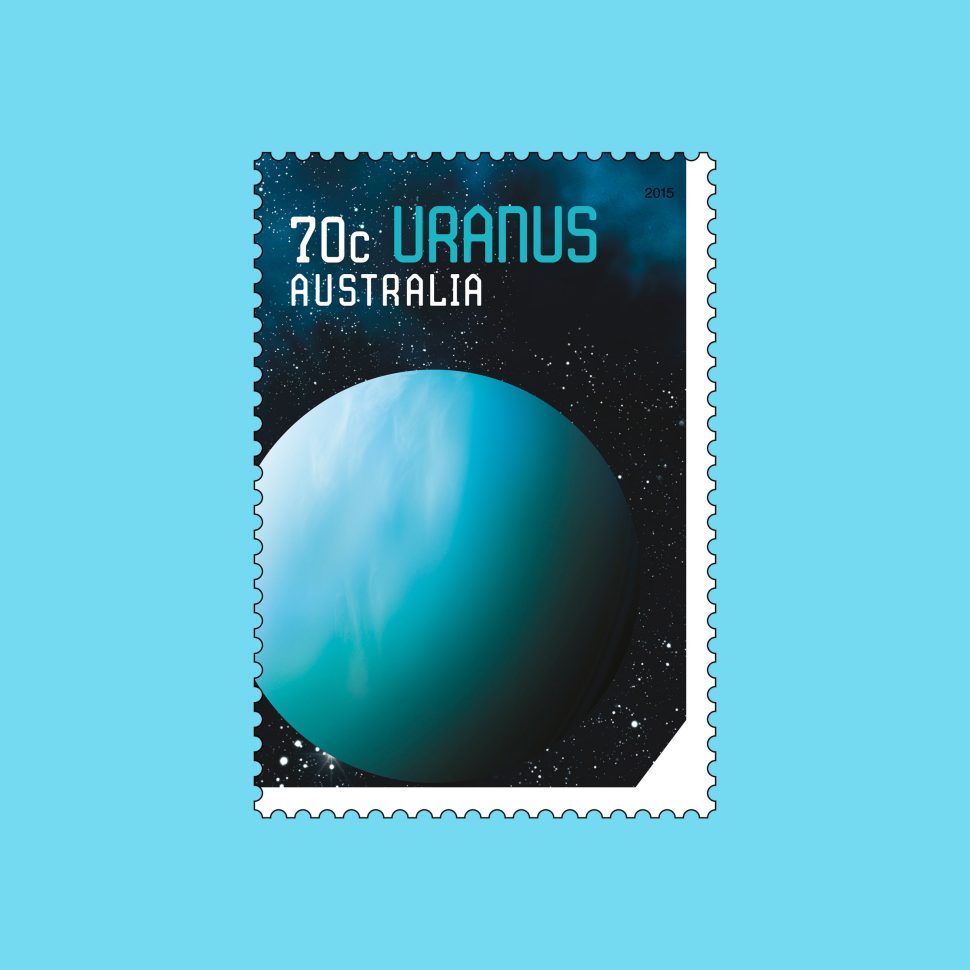
Uranus
The first planet to be discovered with the aid of a telescope...
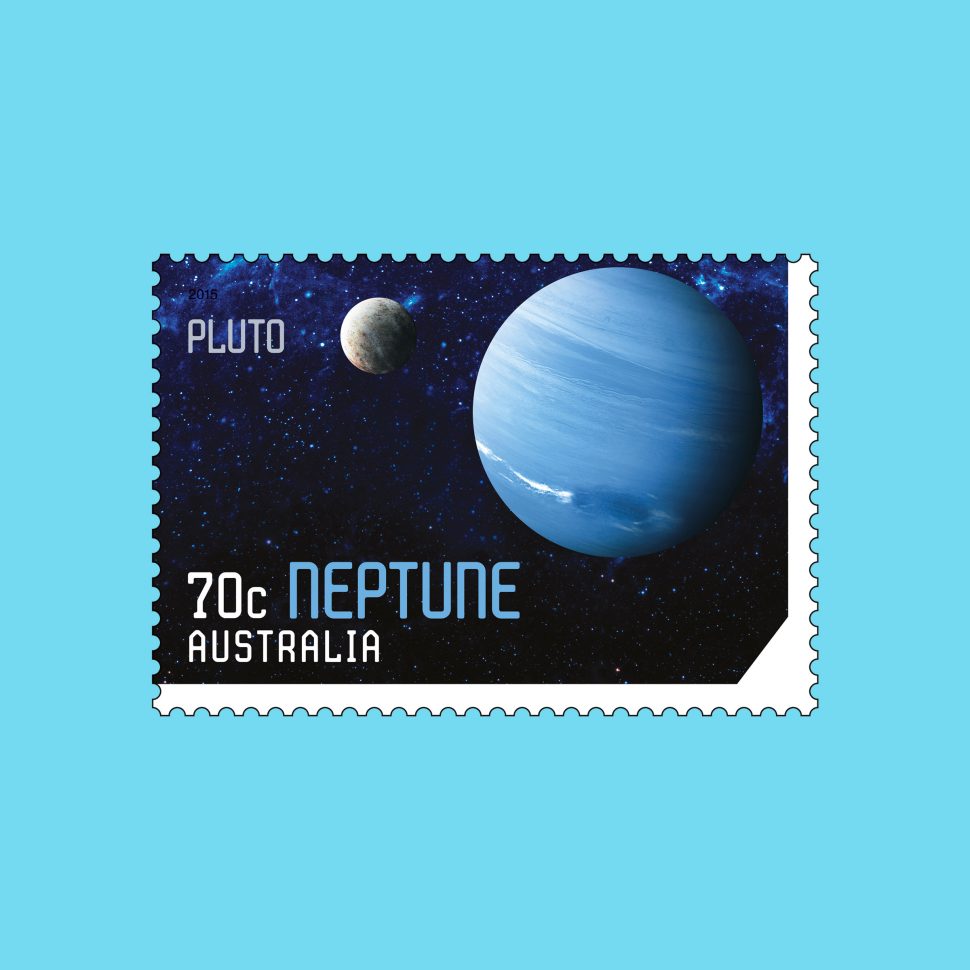
Neptune
Neptune, the outermost of the major planets, was discovered by telescope...
Activities and resources
Resources for teachers
Explore the theme of ‘Our Solar System’ focusing on the major planets that circle the sun.
